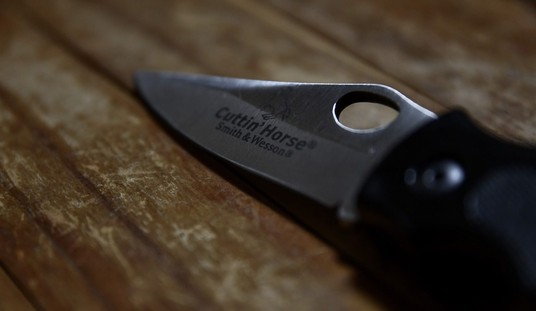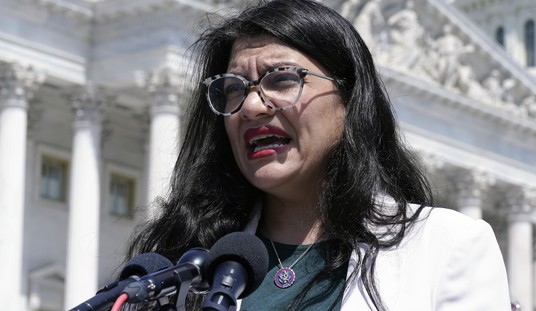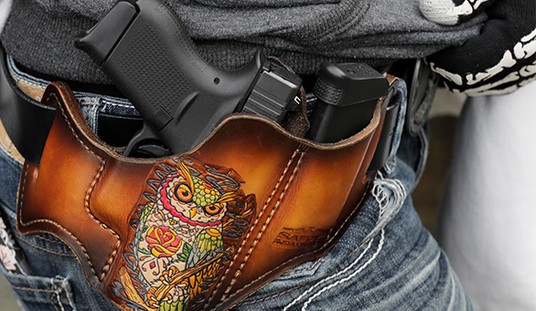Watching Ed Chavez of R&A Tactical teach an advanced handgun session was ample proof that time spent on the range under his supervision will improve any shooter’s accuracy, safety and firearm handling.
“I may not shoot better than you, but I can help you to shoot better,” Chavez said. “I am not a guru of firearms training, but I have the experience. I didn’t invent this stuff. I learned from other teachers.”
Chavez does have a background qualifying him to lead basic to advanced firearm training sessions for handguns, rifles and shotguns. A Marine Corps veteran, he served with security forces in Vietnam before joining the Second Recon Battalion. He was assigned to the Presidential Marine Security teams for Gerald Ford and Jimmy Carter, then spent 23 years with the Tucson Police Department, training more than a thousand police recruits during eight years as a firearms instructor with the Southern Arizona Law Enforcement Training Center. His training syllabus developed from his own real-world experience. He teaches reliable and proven practices with an emphasis on safety.
After conducting advanced tactical training sessions for military security troops at Fort Huachuca the people Chavez trained “were ecstatic” about their training and the “trigger time” they got on the shooting range,. He said, “It was quite an awakening” to see guys going to Iraq did not have the training they needed. With increased gun sales and Arizona’s no permit required for concealed carry law, Chavez believes many civilians carrying guns with little or no training could benefit from firearms training.
Arizona’s CCW permit requires informing candidates about the legal aspects of the use of deadly force and a qualification session at the range. Chavez offers pointers and advice during his CCW range sessions, but CCW qualification is not about training. CCW applicants should already be able to safely draw and fire their handgun accurately enough to qualify. An R&A Tactical basic handgun course teaches much more than that.
|
|
“Don’t let the title of the course fool you,” Chavez said of his basic course. “Following my sessions I’m frequently told by the people that they didn’t realize how much they did not know about owning a gun.”
Chavez asks his students to bring 550 rounds for a basic handgun session and generally all those rounds will have been fired by the end of the session. Basic and advanced training requires only a functional firearm and holster, two spare magazines and ammunition. The three day course starts with a four-hour classroom session the first day followed by two four-hour days on the range. After training thousands, Chavez knows that a 10-hour plus day of classroom and range sessions causes a drop off in the learning curve as fatigue sets in.
Chavez’s affable “bedside manner” on the range passes knowledge and constructive criticism across in a relaxed and enjoyable atmosphere. Learning comes readily through supervised practice and clearly stated instructions.
“Instructors need to make time for the students and adjust to their needs,” Chavez said. “My students don’t need to look good or stress about their performance. I’d rather see them learning.”
According to Chavez, most people practice in static shooting positions learned at the range, but in a gunfight there will almost always be movement and his advanced training incorporates actual scenarios. Target shooting from a static position doesn’t teach things like when, and how, to move; when to advance or retreat; when and how to reload under pressure, or practical advice about the choice to engage a threat, take cover or retreat.
Chavez’s advanced training methods continue to emphasize safety at all times, but he incorporates techniques and verbal coaching that teach the shooter that, with practice at home and on the range, develop smooth motions to draw, accurately fire rounds, scan for other potential threats and re-holster the weapon. “Smooth is fast” is a repeated mantra during a Chavez training session.
That mantra is as true today as it was in the days of the Old West gunfighter. The first person to fire does not win a gunfight if rounds are sprayed indiscriminately. The shooter that fires the first accurately placed rounds will win. Accurate shot placement is the ultimate confidence-building goal of training and practice. Smooth reloading, quickly recognizing and clearing a mis-feed, and getting back in the fight are as important as a smooth draw and accurate shooting.
Chavez trains to “shoot as fast as you are accurate.” For some, that will mean slowing down their firing rate to avoid uselessly throwing rounds downrange. Midway through a series of drills that included tactical reloads and clearing a misfire, Jeff had a couple instances where the magazine failed to drop out of his Glock. He was trying to go fast, but shooting slower. Turning his pistol sideways as he depressed the magazine release and reached for a spare mag, he was slowing himself down and distracted by fumbling to reload. Chavez was quick to note the cause of the problem and called a halt to the drill for a quick demonstration of what caused Jeff’s problem and the correct technique. Problem solved. This was just one instance of Chavez’s attention to details for each shooter on the line.
Tim, one of the participants in the advanced handgun session I observed, fired a gun for the first time a little over a year ago. He took an R&A Tactical basic handgun training course a few months later, followed by practice and additional training. Of some 300 rounds Tim fired at a silhouette target, only six hits were outside the center of mass or head shots he fired during various drills. Those rounds were fired from a two-hand, strong and weak single hand from a variety of static and moving positions and included one-handed mis-fire, reload and cocking drills.
“Tim has improved 100 percent since the first training he took with me,” Chavez said. “That shows me and others that what I’m teaching is being understood.”
I was at the Marana Shooting Club range to observe, but when Jeff, Taylor and Tim were done shooting I got to warm up my .45. The price of ammunition limited my practice shooting for the past year, but I hit the steel targets at 10 yards more often than I missed firing two 10-round magazines. Not great, but not as bad as I had expected. Especially after watching three friends pretty much drill their targets, and Chavez, well, let’s just say his rounds hit where he means them to go—center of mass and the head.
On the third magazine my Kimber mis-fed repeatedly after a round was fired. From lack of practice I had reverted to a bad habit, but a bit of coaching from Chavez remedied my problem. After some advice about my grip and limp-wristing the gun, I put nine out of 10 squarely on the target, scared it pretty good with the other round, and had no more mis-feeds. Two days later I went out and fired 50 rounds with fair accuracy at 15 to 20 yards with only one mis-feed out of an off-brand magazine. Chavez warned me it might not be as reliable as the factory magazines.
Chavez is a licensed firearm dealer and Glock certified armorer. He offers gunsmith services, CCW permits courses and training for the neophyte to advanced shooter. His Tucson, Arizona shop can order any product for a customer, but Chavez stocks a select inventory of firearms, accessories and tactical gear tested and proven by military and law enforcement use.
Arizonans are no longer required to obtain a concealed carry weapons permit to carry a concealed firearm in the state. That translates into some people carrying a gun without so much as basic safety and handling training. They may lack a clear understanding of the ramifications of carrying a weapon and suddenly being confronted with using potentially deadly force, and worse, are likely to be ineffective in a confrontation. Accepting the accountability of carrying a firearm includes acquiring a level of expertise to safely carry a gun and be competent and confident to effectively and responsibly use a weapon.
“I hope those people will realize they need some training, even they don’t get it from me,” Chavez said. “The people who take my training classes often realize how much they didn’t know. That includes folks who have been around firearms and hunting all their lives.”
Chavez believes in a philosophy that more trigger time translates into better understanding, skill and confidence. Being proactive about training and practice develops ingrained skills for effective reaction should the need to defend oneself arise.
“Shooting is a perishable skill. You need to use it or you lose it,” Chavez said. “If you are not training, someone out there is and if you encounter them, they are going to win.”
For more information about R&A Tactical, visit www.ratacticalaz.com.









Join the conversation as a VIP Member